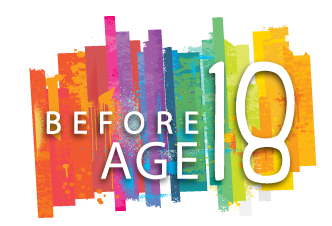Self Advocacy Trainingbelieve in yourself
Introduction
Highlights:
Chapter 1: Terms and Definitions
Highlights:
Chapter 2: Disability and Accommodations
In this chapter, you will learn about your disability and how to tell others about accommodations you may need at school or work.
Highlights:
Chapter 3: Career
Learn about making career choices. Do you have interests? learn about making what you love a career.
Highlights:
Chapter 4: Laws
Learn about laws that apply to you and about disability rights. Find out how the laws and your rights change when you become an adult.
Highlights:
Chapter 5: School After High School
This chapter will provide chances to look at how colleges are different than high schools. You will also learn how to get into colleges.
Highlights:
Chapter 6: Talking About Disability
Learn more how to talk about your disability. You need to know if it is okay to talk about your disability, when to talk about your disability and how to talk about your disability.
Highlights:
Chapter 7: Resources
Learn about creating a list of resources that will help you when you have questions or have a problem.
Highlights:

